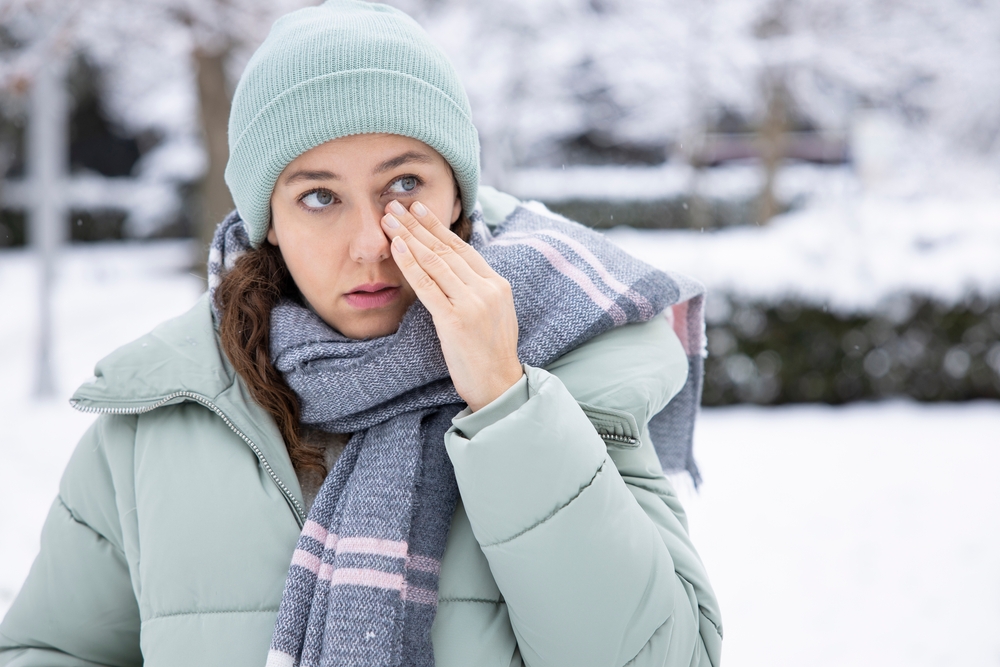
Seasonal changes can have a significant impact on our health, and one intriguing connection lies in the realm of eye health. Dry eye syndrome often shows a clear link to the shifting seasons. Understanding this dynamic relationship between dry eye and seasonal changes is crucial for managing and preventing discomfort in the eyes during various times of the year.
Understanding the Impact of Fall Weather on Dry Eye
Fall weather brings its own unique set of challenges for dry eye sufferers. As the temperatures drop, the air becomes drier, and our eyes struggle to maintain the necessary moisture levels. This issue is further compounded by indoor heating systems that further dry out the air, causing our tears to evaporate faster than they can be replaced.
One of the primary complaints during this season is the increased rate of tear evaporation. The combination of cold, dry outdoor air and warm, dry indoor air can create a perfect storm for exacerbating dry eye symptoms.
Additionally, fall weather often coincides with allergy season. Allergies can cause inflammation of the eye surface and stimulate the production of poor-quality tears, both of which can worsen dry eye symptoms. Understanding these factors is crucial for managing dry eye syndrome during seasonal changes.
Ways to Combat Dry Eye During Seasonal Changes
Preventing and managing dry eye symptoms during seasonal changes can feel like a daunting task. However, there are several ways to combat dry eye that can help alleviate symptoms and increase comfort.
Firstly, keeping your eyes well-lubricated is crucial. This can be achieved by using artificial tears, eye drops, or lubricating ointments. These products can supplement your natural tear production and provide temporary relief from dry eye symptoms.
Humidifiers can also be beneficial, particularly during the fall and winter months. These devices can help increase the moisture level in your home or office, counteracting the dryness caused by heating systems.
Dietary changes can also play a role in managing dry eye. Studies suggest that omega-3 fatty acids, found in fish and flaxseeds, can help improve tear quality and relieve dry eye symptoms.
The Role of an Optometrist in Managing Dry Eye
The role of an optometrist in managing dry eye is essential. Your doctor can provide a comprehensive eye examination to diagnose dry eye syndrome and identify its root cause. This is crucial to tailoring a treatment plan that addresses your specific needs.
Optometrists can also provide valuable advice on ways to combat dry eye, such as suggesting suitable eye drops or recommending lifestyle changes. They may also propose specific treatments like tear duct plugs or special contact lenses, depending on the severity of your condition.
Regular check-ups with your optometrist are fundamental, particularly when seasonal changes are known to exacerbate your dry eye symptoms. They can monitor your condition and adjust your treatment strategy as necessary, ensuring that your eyes get the best care possible.
Take Proactive Measures for Optimal Eye Health and Comfort this Season
The link between dry eye and seasonal changes is a reality for many people. It's clear that factors such as fall weather can exacerbate dry eye symptoms, making it crucial to understand how to prevent and manage these issues effectively.
Whether it's through lifestyle changes, consultation with an optometrist, or the use of specific products, there are ways to combat dry eye. By being proactive and taking steps to prepare for seasonal changes, you can help maintain your eye comfort and vision quality throughout the year.
If you are experiencing exacerbating dry eye symptoms, consult with our optometrist at Wilson Eyecare Professionals at our office in Greenfield, Indiana. We are committed to providing quality eye care services to all our patients. Please call (317) 477-3937 to schedule an appointment today.






